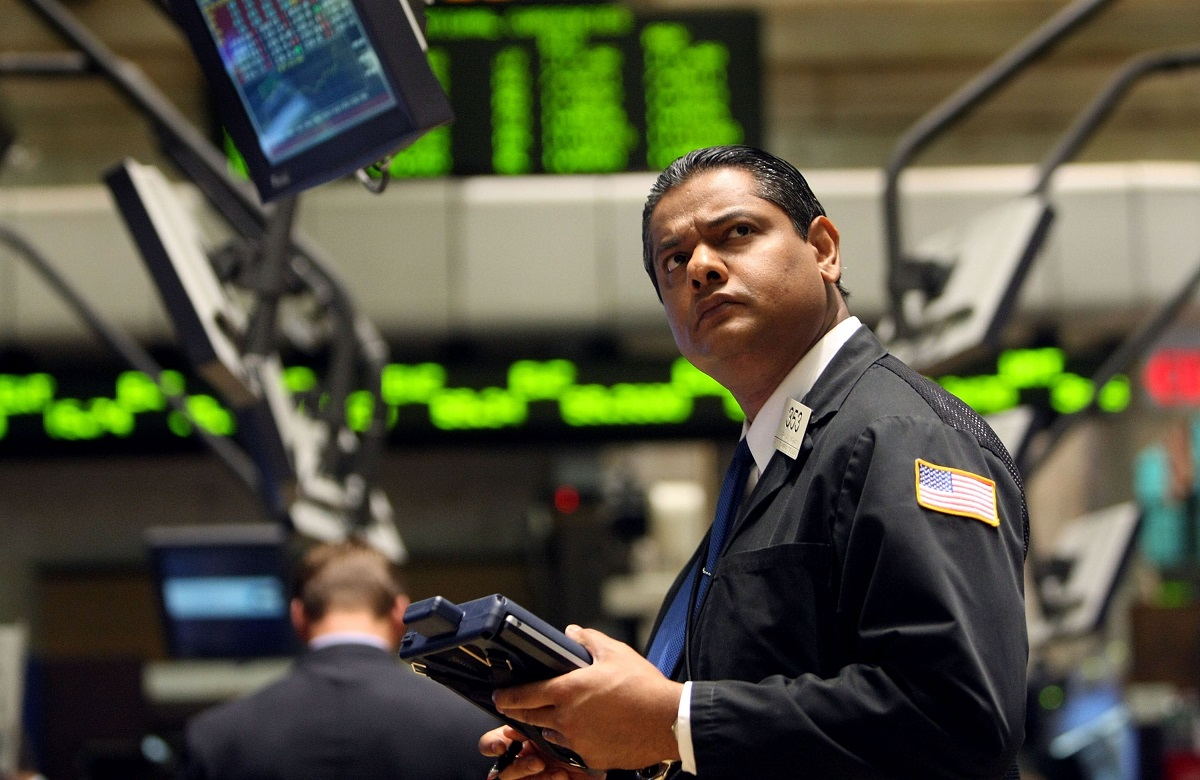The S&P 500 (^GSPC +1.16%) posted gains of about 1.4% last week, climbing to a new record high and inspiring some investors to think that the 2,000 mark could be attainable for the index in the very near future. With the U.S. economy firing on all cylinders, the primary concern among investors is that the stock market hasn't had a correction in years, putting fear and greed in direct conflict with one another. Even as the S&P rose, PVH (PVH +0.53%), Diamond Offshore (DO +0.00%), and Tyson Foods (TSN 1.49%) lagged behind with the worst performance among S&P 500 stocks last week.
S&P 500 Price data by YCharts.
PVH dropped 9% as the company behind apparel brands Tommy Hilfiger, Izod, and Calvin Klein reported poor fiscal first-quarter results and reduced its guidance for the full year. PVH cut its full-year fiscal 2014 earnings estimates by about a dime per share to $7.30 to $7.40 per share, and although the company expects substantial growth in the second half of the year, CEO Emanuel Chirico warned of ongoing margin pressure. That's consistent with what we've seen from other apparel makers, as extensive promotions have hurt profit margins throughout the industry. PVH's view shows that many retailers are already looking to a holiday season that's almost six months away to see if they can improve on recent poor results.

Source: Diamond Offshore.
Diamond Offshore fell 7.5% as the drilling-rig specialist suffered from the termination of a contractor with a major customer. Norwegian oil and gas producer Statoil terminated the contract, which had provided for a dayrate of more than $450,000 for a mid-water semisubmersible rig. Diamond Offshore believes that the contract's termination wasn't justified and intends to seek to enforce it through its stated end date of February 2015, but the move further supports the concerns throughout the drilling industry that customers are pressuring drilling-rig companies to cut their pricing. That poses a long-term threat to the big profits that Diamond Offshore has sported in recent years, and that in turn could hold shares back even further in the future.

Source: Tyson Foods.
Tyson Foods lost 5.5% as a bidding war to acquire meat-industry peer Hillshire Brands continued. Last week, Tyson shares soared as it put in a competing bid for the company, but that move led to even higher-priced proposed buyout terms from its rival bidder. At the higher price, analysts became extremely skeptical that a new Tyson bid could still deliver the profit potential that initially sent the food company's shares higher. In the current ultra-competitive M&A environment, a key lesson for S&P investors to remember is that even in an attractive combination, you can pay so much that it becomes a losing proposition.
Whether the S&P can climb the extra 2% to 3% to get to 2,000 remains to be seen. What investors should focus on in the meantime is whether more stocks start to pull back even as the market rises. If that phenomenon continues, it could eventually bring the S&P 500 back down to earth.









